Home>Articles>What Happens If You Put A Dimmer Switch On A Non-Dimmable Light
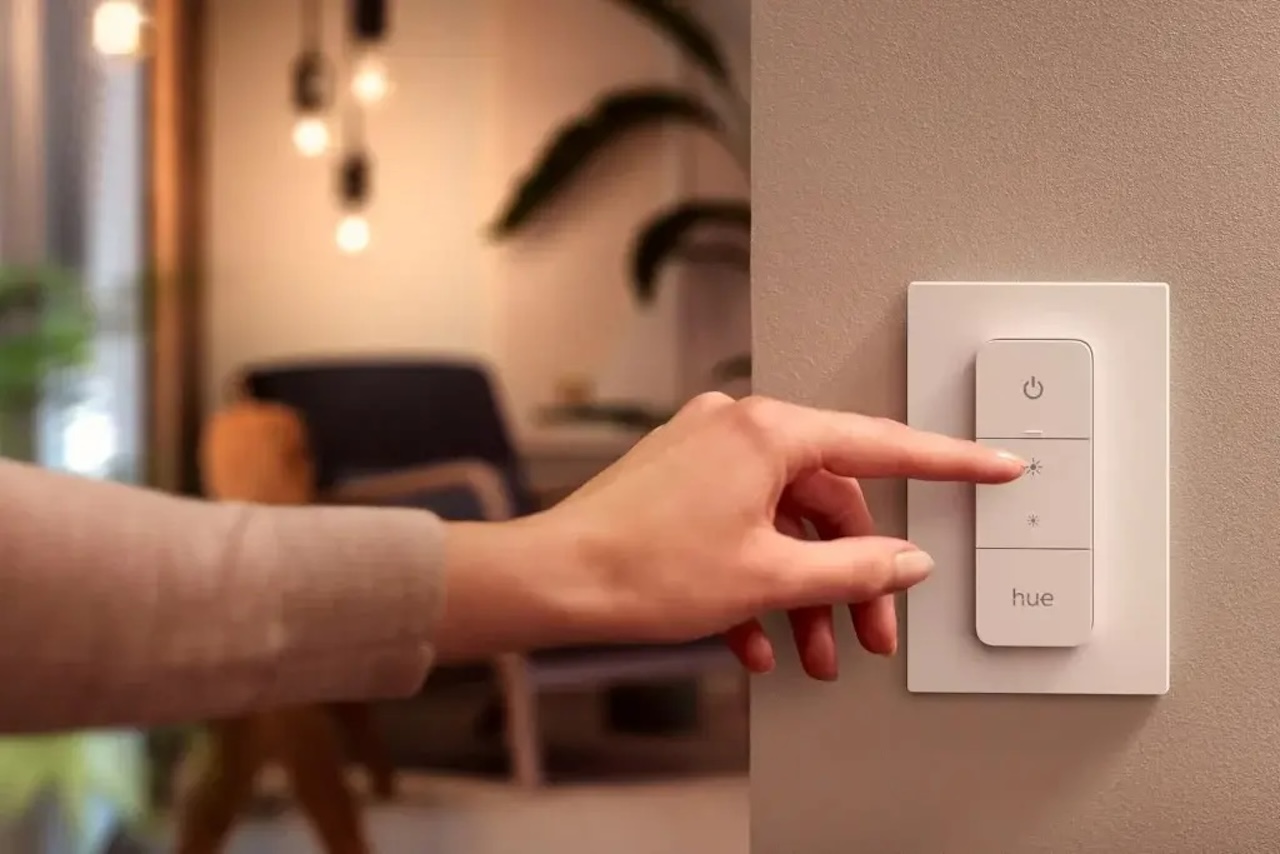

Articles
What Happens If You Put A Dimmer Switch On A Non-Dimmable Light
Modified: February 23, 2024
Discover what happens when you install a dimmer switch on a non-dimmable light. Read our informative articles for expert insights and tips.
(Many of the links in this article redirect to a specific reviewed product. Your purchase of these products through affiliate links helps to generate commission for Storables.com, at no extra cost. Learn more)
Introduction
Dimmer switches are a popular choice for homeowners who want to have control over the ambiance and brightness of their lighting. These switches allow you to adjust the intensity of the light emitted by your fixtures, creating a cozy and customizable environment. However, before you dive into installing a dimmer switch, it’s important to understand that not all light fixtures are compatible with this type of switch.
In this article, we’ll explore the implications of putting a dimmer switch on a non-dimmable light fixture. We’ll discuss the potential issues that can arise from this mismatch and explore possible solutions and alternatives.
Before we delve into the consequences, let’s first understand how dimmer switches work and what distinguishes dimmable lights from non-dimmable ones.
Key Takeaways:
- Using a dimmer switch on non-dimmable light fixtures can lead to overheating, flickering, and potential damage. Always ensure compatibility between fixtures and switches to avoid safety hazards and maintain a reliable lighting system.
- To achieve dimmable lighting, consider replacing non-dimmable fixtures with dimmable ones, using dimmable LED bulbs, or exploring smart lighting solutions. Consult a licensed electrician for expert guidance and safe installation.
Understanding Dimmer Switches
Dimmer switches are devices that enable you to adjust the brightness level of a light fixture to your preference. They allow you to create a warm and inviting atmosphere by controlling the flow of electrical current to the light bulb. This is typically done by using a dial or slide mechanism that adjusts the voltage supplied to the lighting circuit.
Dimmer switches are designed to work with specific types of light sources, such as incandescent, halogen, and LED bulbs. These bulbs have built-in dimming capabilities that allow them to smoothly respond to changes in voltage. Dimmable light fixtures are designed to handle variations in voltage without suffering any adverse effects.
When properly installed and used with compatible light fixtures, dimmer switches offer several benefits. They allow you to set the mood and create an ambiance suitable for various occasions. They also help save energy by reducing the power consumption of the lighting system when the intensity of the light is lowered.
However, it’s crucial to note that not all light fixtures are designed to be paired with dimmer switches. Using a dimmer switch on a non-dimmable light fixture can lead to several issues and potential hazards we’ll explore in the following sections.
Non-Dimmable Light Fixtures
Non-dimmable light fixtures are those that are not designed to be used with dimmer switches. These fixtures typically include fluorescent, compact fluorescent lamps (CFLs), and certain types of LED lights. Unlike dimmable light fixtures, non-dimmable fixtures lack the necessary components to handle the variation in voltage that dimmer switches provide.
Non-dimmable fixtures are specifically designed to work with a predetermined voltage range. They have a fixed power supply and are not equipped with the internal circuitry necessary for dimming functionality. When a dimmer switch is installed on a non-dimmable fixture, the mismatch between the fixture and the switch can lead to various issues and potential dangers.
It’s important to consult the manufacturer’s instructions or labels on light fixtures to determine whether they are dimmable or non-dimmable. If the fixture is labeled as non-dimmable, it’s best to avoid attempting to use a dimmer switch with it to prevent any potential problems.
Now that we understand the distinction between dimmable and non-dimmable light fixtures, let’s explore the potential issues that can arise from using a dimmer switch on a non-dimmable fixture in the following section.
Potential Issues with Using a Dimmer Switch on Non-Dimmable Lights
While it may be tempting to install a dimmer switch on a non-dimmable light fixture to achieve the desired lighting control, doing so can lead to a range of issues and potential hazards. Here are some of the potential problems you may encounter:
- Overheating and Fire Hazards: Non-dimmable light fixtures are not designed to handle the variations in voltage that dimmer switches provide. This can cause the fixture to overheat, leading to a potential fire hazard. The internal components of the fixture, such as the wiring and insulation, may not be able to withstand the increased heat generated by the mismatched voltage.
- Flickering and Inconsistent Lighting: Dimmer switches regulate the flow of electricity to the light fixture, which can result in flickering or inconsistent lighting when used with non-dimmable fixtures. This can be not only annoying but also distracting and potentially hazardous, especially if the fluctuating light levels affect visibility.
- Damaging the Light Fixture or Dimmer Switch: The mismatch between the non-dimmable fixture and the dimmer switch can cause stress on the internal components of both the fixture and the switch. Over time, this can lead to damage or even failure of one or both of the devices. Replacing a damaged fixture or switch can be costly and inconvenient.
- Electromagnetic Interference: Dimmer switches can sometimes introduce electromagnetic interference (EMI) into the electrical system. This can affect the performance of sensitive electronic devices, such as televisions, radios, and computers. Non-dimmable fixtures may not be equipped to handle or filter out this interference, resulting in potential disruptions to the operation of these devices.
It is crucial to understand these potential issues and consider the compatibility between dimmer switches and light fixtures to avoid any safety hazards and ensure the longevity of your lighting system. In the next section, we will explore possible solutions and alternatives if you are interested in achieving dimmable lighting in your home.
Overheating and Fire Hazards
Using a dimmer switch on a non-dimmable light fixture can lead to overheating, which poses a significant fire hazard. Non-dimmable fixtures are not designed to handle the variations in voltage that dimmer switches provide, causing the fixture to operate outside its intended parameters. This can result in excessive heat buildup and potential electrical fires.
When you use a dimmer switch with a non-dimmable light fixture, the fixture may not have the necessary components, such as heat sinks or thermal protection, to dissipate or handle the increased heat generated by the mismatched voltage. As a result, the fixture can become overheated, potentially causing damage to the wiring and insulation within the fixture.
Overheating can lead to electrical fires, posing a significant risk to the safety of your home and those within it. These fires can spread quickly and cause extensive damage, resulting in potential injuries and even loss of life.
To minimize the risk of overheating and fire hazards, it’s crucial to ensure that you use dimmer switches only with compatible, dimmable light fixtures. Always consult the manufacturer’s instructions and labels to determine whether the fixture is suitable for use with dimmer switches.
If you have already installed a dimmer switch on a non-dimmable fixture or suspect that you have a mismatched combination, it is essential to take immediate action. Here are some steps you can take:
- Remove the dimmer switch: Turn off the power to the affected light fixture at the circuit breaker, and then remove the dimmer switch from the wall. This will prevent any further use that could lead to potential hazards.
- Replace the fixture: Consult a licensed electrician to assess the condition of the light fixture and determine whether it needs to be replaced. They will be able to recommend a suitable replacement that is compatible with dimmer switches.
- Install a compatible dimmer switch: If you still wish to have dimmable lighting, ensure that you select a dimmer switch that is specifically designed for use with the new dimmable fixture. Again, consult a licensed electrician to ensure proper installation.
- Regular maintenance: Regardless of whether you have dimmable fixtures or not, it is important to regularly inspect your lighting system and perform any necessary maintenance. This includes checking for loose connections, worn-out wiring, and other potential hazards that could lead to overheating or fire.
By being proactive and taking the necessary precautions, you can minimize the risk of overheating and fire hazards associated with using a dimmer switch on a non-dimmable light fixture and ensure the safety of your home and loved ones.
Do not put a dimmer switch on a non-dimmable light. It can cause flickering, buzzing, or even damage to the light and the dimmer switch. Always use a dimmer switch with compatible dimmable lights.
Read more: What Is A Dimmer Switch
Flickering and Inconsistent Lighting
When a dimmer switch is used with a non-dimmable light fixture, one of the common issues that arise is flickering and inconsistent lighting. Dimmer switches function by regulating the flow of electrical current to the light fixture, altering the voltage supplied. However, non-dimmable fixtures are not designed to handle this variation in voltage, resulting in flickering or erratic lighting behavior.
The flickering can be attributed to the non-dimmable fixture’s inability to respond smoothly to changes in voltage. This can occur as the dimmer switch attempts to adjust the power supplied to the fixture, causing rapid fluctuations in the light output. The inconsistent lighting can affect the overall visual appeal and functionality of the space, making it less conducive for activities that require stable and reliable lighting.
In addition to being visually distracting and annoying, flickering lights can also cause discomfort and even trigger headaches or migraines for some individuals. Moreover, if the flickering is significant or prolonged, it can lead to eye strain and impact overall visibility, posing potential safety concerns.
Using a dimmer switch on a non-dimmable fixture can also result in a phenomenon known as “pulsing,” where the light intensity fluctuates rapidly, similar to a strobe light effect. This pulsating effect not only disrupts the desired ambiance but can also be disorienting and uncomfortable for occupants of the space.
To address the issue of flickering and inconsistent lighting, it is crucial to avoid using a dimmer switch on non-dimmable light fixtures. Instead, select dimmable fixtures and compatible dimmer switches specifically designed to work together.
By opting for dimmable fixtures and matching dimmer switches, you can enjoy smooth and consistent lighting control while creating the desired ambiance in your space. These compatible combinations are designed to work seamlessly together, eliminating the issues of flickering and erratic lighting.
If you are already experiencing flickering lights due to a mismatch between a dimmer switch and a non-dimmable fixture, it is advisable to seek the assistance of a qualified electrician. They can provide guidance and help identify the cause of the flickering, recommend suitable replacements, and ensure that the new dimmable fixtures and dimmer switches are properly installed for optimal performance.
Remember, ensuring a stable and consistent lighting experience not only enhances the aesthetics and functionality of your space but also contributes to a comfortable and safe environment for everyone.
Damaging the Light Fixture or Dimmer Switch
Using a dimmer switch on a non-dimmable light fixture can lead to damage to both the fixture and the dimmer switch itself. The mismatch between the non-dimmable fixture and the dimmer switch can cause stress on the internal components of both devices, potentially resulting in permanent damage or even complete failure.
Non-dimmable light fixtures are not designed to handle the variations in voltage that dimmer switches provide. The increased voltage from the dimmer switch can strain the internal wiring, connectors, and other electrical components within the fixture, leading to potential damage. Over time, this strain can cause degraded performance, intermittent issues, or complete failure of the fixture.
Similarly, the dimmer switch can also suffer damage if used with a non-dimmable fixture. The increased voltage or incompatible load placed on the dimmer can exceed its capacity, leading to thermal stress, electrical malfunctions, or even burnout of the switch. This can render the dimmer switch inoperable, requiring replacement.
It’s important to note that repairing or replacing damaged light fixtures or dimmer switches can be costly and time-consuming. Additionally, the disruption caused by a malfunctioning or non-functioning lighting system can be both inconvenient and frustrating.
To avoid damaging the light fixture or dimmer switch, it’s crucial to ensure compatibility between the two. Always consult the manufacturer’s instructions or labels on both the fixture and the dimmer switch to determine their compatibility. If the fixture is labeled as non-dimmable, it’s best to avoid using a dimmer switch with it altogether.
If you suspect that you have already installed a dimmer switch on a non-dimmable fixture or are experiencing issues with the compatibility, it is advisable to seek the help of a licensed electrician. They can assess the situation, recommend suitable replacements if necessary, and ensure that the new fixtures and switches are installed correctly.
By investing in compatible and properly installed dimmable fixtures and dimmer switches, you can avoid the risk of damaging both your light fixtures and dimmer switches, ensuring a long-lasting and reliable lighting system in your home.
Electromagnetic Interference
One of the potential issues that can arise from using a dimmer switch on a non-dimmable light fixture is electromagnetic interference (EMI). Dimmer switches can introduce EMI into the electrical system, which can affect the performance of sensitive electronic devices.
Electromagnetic interference occurs when the dimmer switch alters the flow of electricity to the light fixture, resulting in fluctuations in the electromagnetic field. These fluctuations can interfere with the operation of nearby electronic devices, such as televisions, radios, computers, and even medical equipment.
Non-dimmable fixtures are often not equipped to handle or filter out the electromagnetic interference caused by dimmer switches. As a result, the nearby electronic devices may experience disruptions in their functionality or performance. This can manifest as static on television screens, buzzing sounds from audio equipment, signal interference in wireless communications, or even malfunctions in critical medical equipment.
To mitigate the risks of electromagnetic interference, it is crucial to ensure compatibility between the dimmer switch and the light fixtures. Always opt for dimmable fixtures that are designed to handle the variations in voltage provided by dimmer switches.
If you are already experiencing electromagnetic interference due to using a dimmer switch with a non-dimmable fixture, there are a few steps you can take to address the issue:
- Keep a safe distance: Whenever possible, try to keep sensitive electronic devices at a distance from the dimmable light fixture and dimmer switch. Increasing the physical separation can help reduce the effects of electromagnetic interference.
- Use shielding options: Consider using shielding devices, such as ferrite cores or shielded cables, to mitigate the impact of electromagnetic interference. These devices can help absorb or redirect the electromagnetic interference, reducing its effects on nearby electronics.
- Consult an electrician: If the electromagnetic interference continues to be a significant problem, it may be necessary to consult a licensed electrician. They can assess the situation, provide expert guidance, and suggest additional measures to reduce or eliminate the interference.
By ensuring the compatibility between dimmer switches and dimmable fixtures, as well as taking appropriate measures to minimize electromagnetic interference, you can enjoy the benefits of a dimmable lighting system without compromising the performance of your electronic devices.
Possible Solutions and Alternatives
If you are looking to achieve dimmable lighting in your home but have non-dimmable light fixtures, there are several possible solutions and alternatives you can consider. These options will allow you to create the desired ambiance without the risks and issues associated with using a dimmer switch on non-dimmable lights.
- Replace the light fixtures: One of the most straightforward solutions is to replace your non-dimmable light fixtures with dimmable ones. This ensures compatibility with dimmer switches and eliminates any potential issues. There is a wide range of dimmable light fixtures available on the market, including various styles and bulb types to suit your preferences.
- Utilize dimmable LED bulbs: If replacing the entire light fixtures is not feasible, you can consider using dimmable LED bulbs in your existing fixtures. LED bulbs come in both dimmable and non-dimmable versions, so be sure to choose the dimmable ones. However, keep in mind that not all LED bulbs are compatible with all dimmer switches, so verify their compatibility before purchasing.
- Install retrofit dimmer modules: Retrofit dimmer modules are devices that can be installed behind the existing light switches. These modules provide dimming functionality without the need to replace the entire fixture. Consult with a licensed electrician to determine if retrofit dimmer modules are compatible with your current system and can be safely installed.
- Consider smart lighting solutions: Smart lighting systems offer the flexibility of dimming without the need for traditional dimmer switches. These systems often utilize wireless technology and smartphone apps or voice control to adjust the brightness of the lights. They usually require compatible smart bulbs or fixtures, so make sure to check the compatibility before investing in the system.
- Use alternative lighting options: If dimming is not a necessity, you can still achieve desired lighting effects by using alternative lighting options. Task lighting, accent lighting, and the strategic placement of multiple light sources can create a layered lighting scheme, adding depth and ambiance to your space.
Regardless of the solution or alternative you choose, it is essential to consult a qualified electrician for proper installation and to ensure compliance with electrical codes and regulations. They can provide expert advice, identify the most suitable options for your specific needs, and ensure the safe and effective functioning of your lighting system.
By exploring these possible solutions and alternatives, you can achieve the desired level of control and ambiance in your lighting while avoiding the potential hazards and issues associated with using a dimmer switch on non-dimmable light fixtures.
Conclusion
In conclusion, using a dimmer switch on a non-dimmable light fixture can lead to a range of issues and potential hazards. Non-dimmable fixtures are not designed to handle the variations in voltage and current that dimmer switches provide, which can result in overheating, flickering lights, damage to the fixture or dimmer switch, and electromagnetic interference.
To avoid these problems, it is crucial to ensure compatibility between dimmer switches and light fixtures. Always consult the manufacturer’s instructions and labels to determine whether a fixture is dimmable or non-dimmable. Opting for dimmable fixtures or retrofitting with dimmable LED bulbs are viable solutions to achieve the desired lighting control and ambiance without the risks.
When it comes to installing or replacing dimmer switches and light fixtures, it is highly recommended to consult a licensed electrician. They have the expertise to assess the compatibility of existing wiring systems, provide guidance on suitable options, and ensure safe and proper installation.
Remember that maintaining a safe and functional lighting system is key to a comfortable and enjoyable space. Regularly inspect your fixtures, perform necessary maintenance, and be aware of any signs of damage or malfunctioning components.
By understanding the implications of using a dimmer switch on non-dimmable fixtures and taking the appropriate steps to ensure compatibility, you can create the perfect ambiance in your home while ensuring the safety and longevity of your lighting system.
Frequently Asked Questions about What Happens If You Put A Dimmer Switch On A Non-Dimmable Light
Was this page helpful?
At Storables.com, we guarantee accurate and reliable information. Our content, validated by Expert Board Contributors, is crafted following stringent Editorial Policies. We're committed to providing you with well-researched, expert-backed insights for all your informational needs.
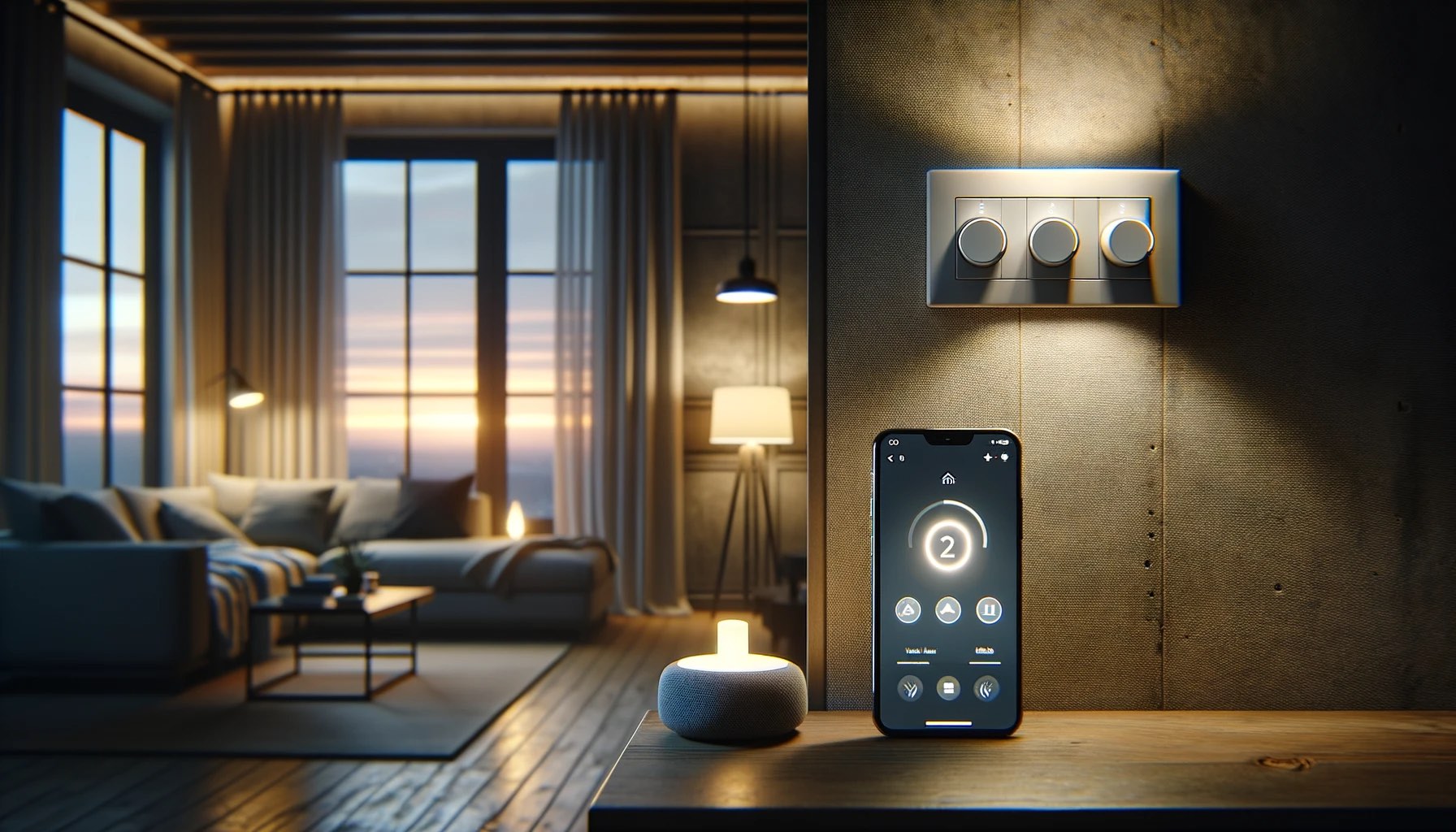
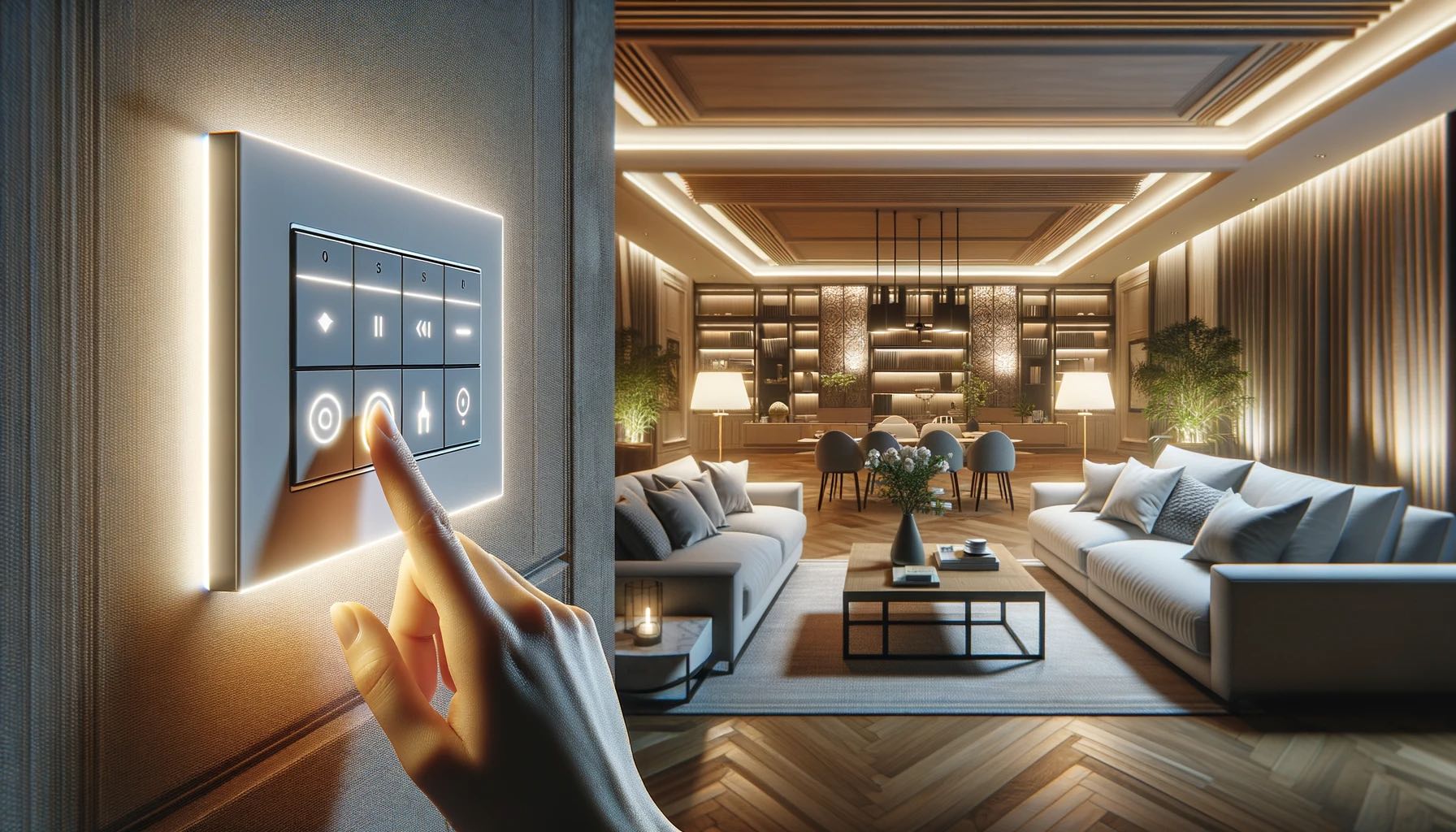
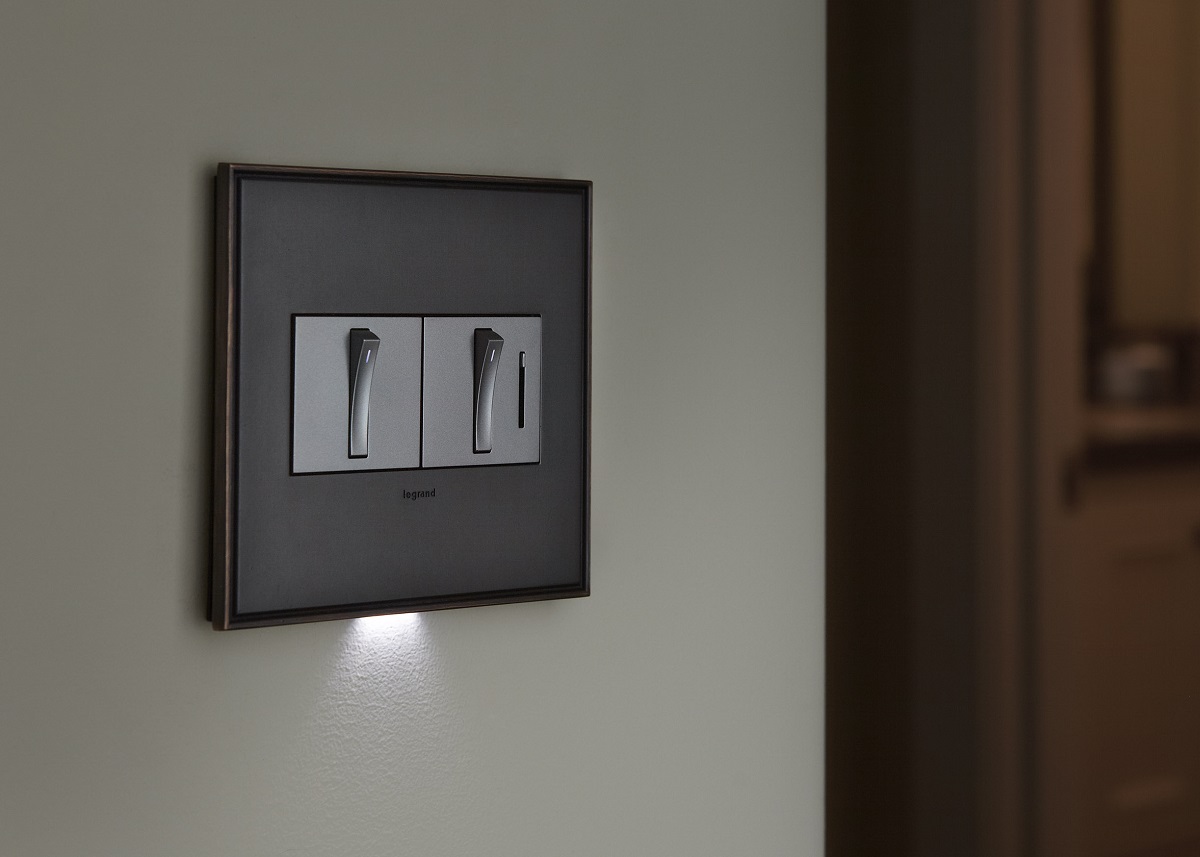
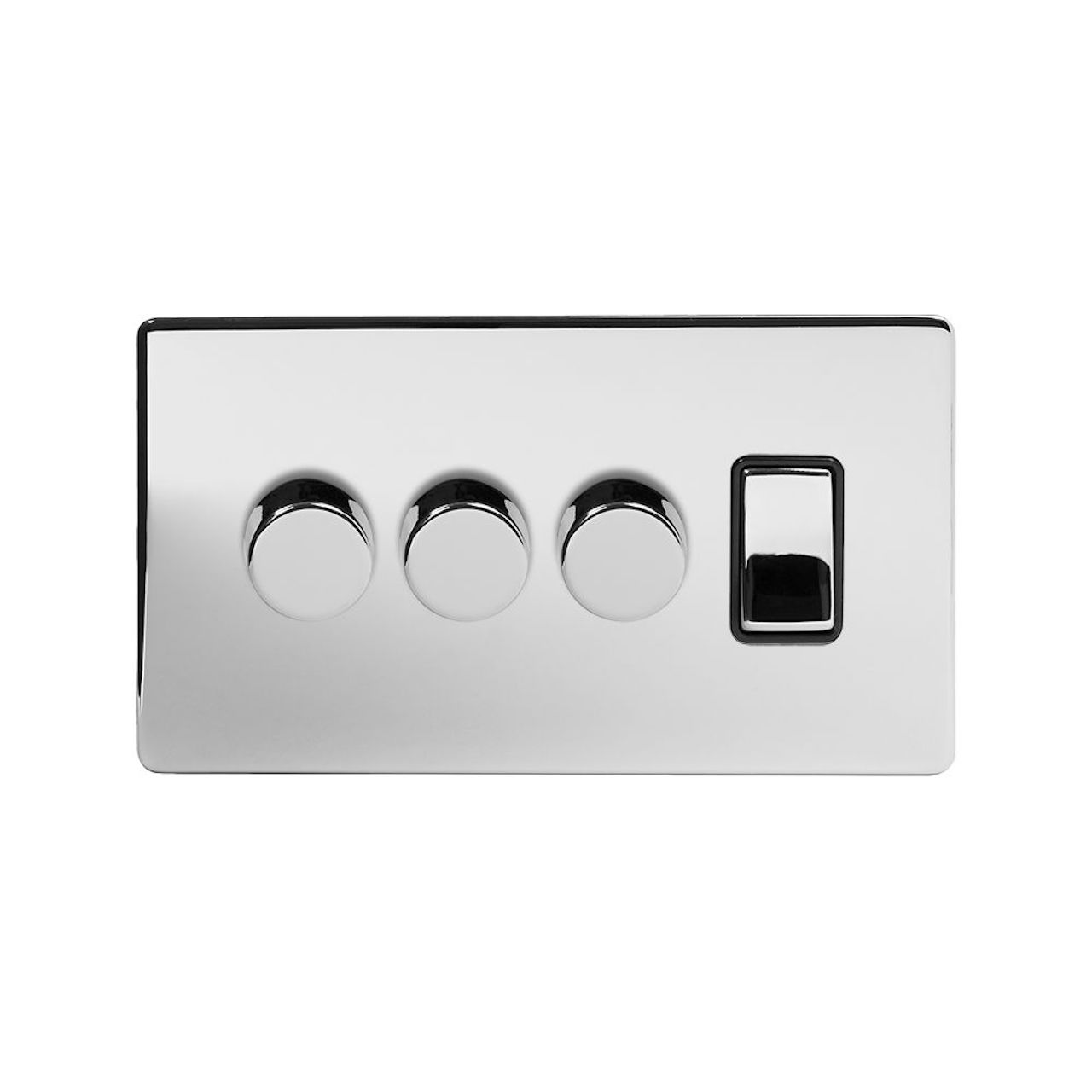

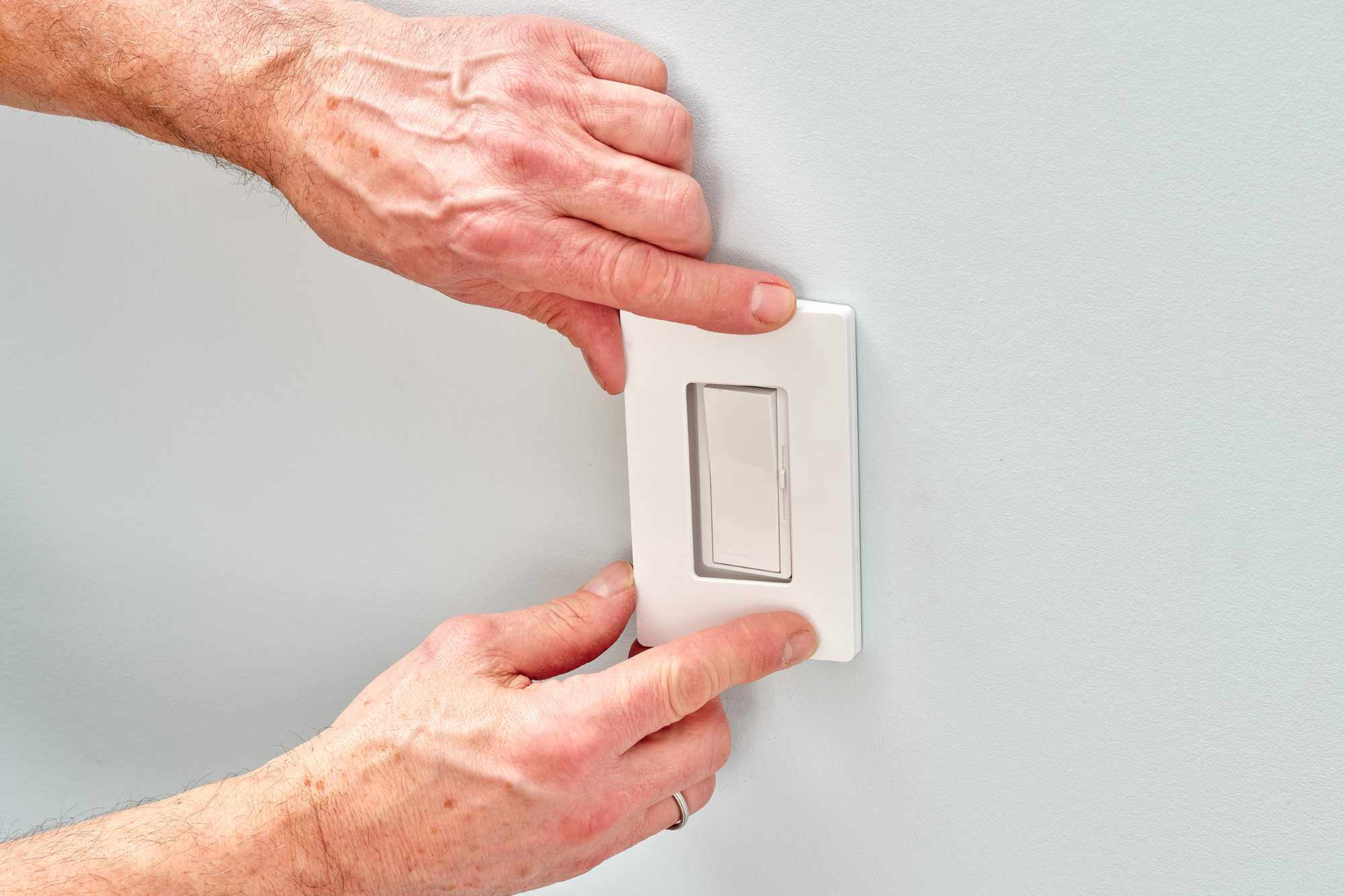
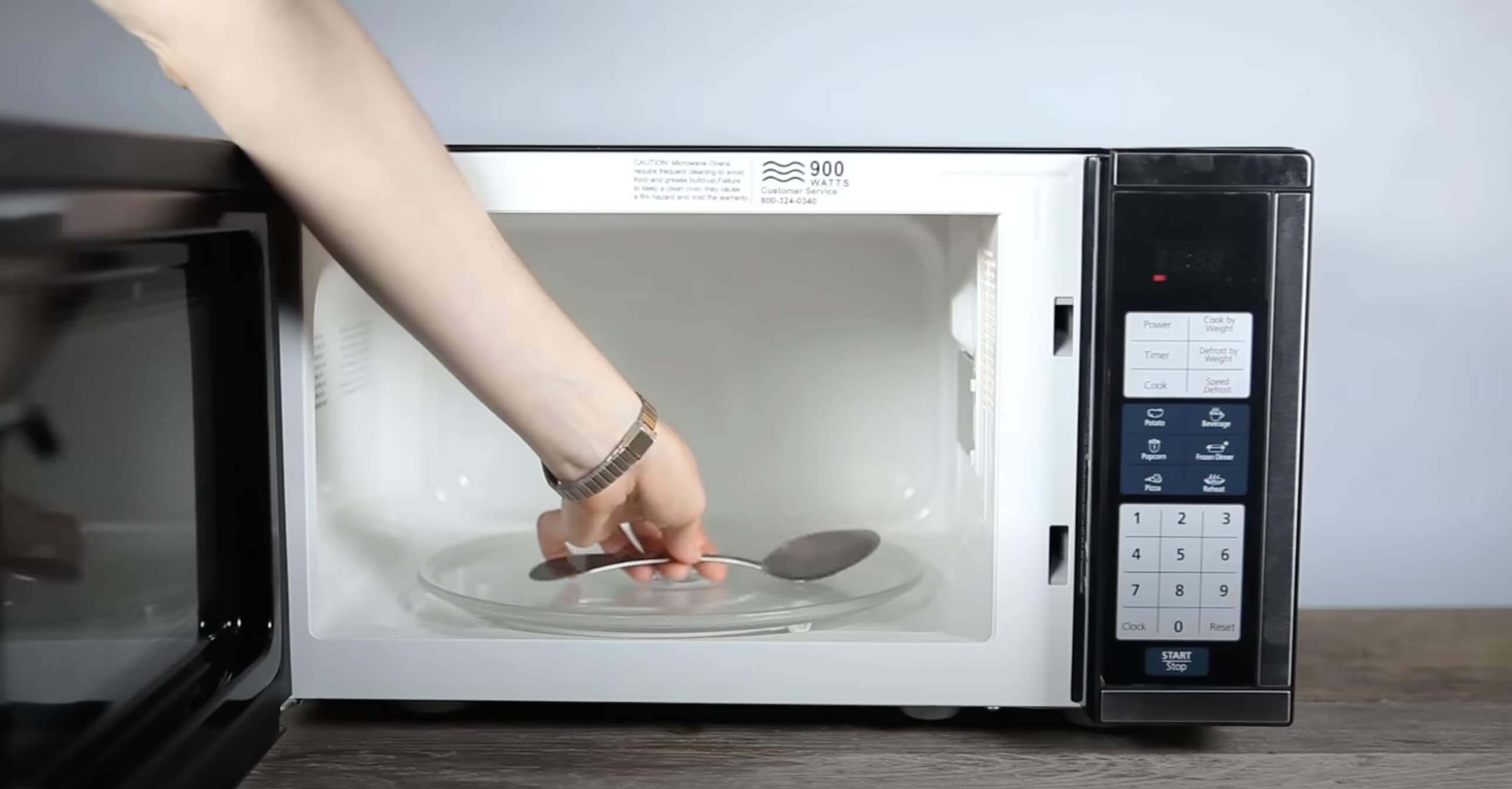
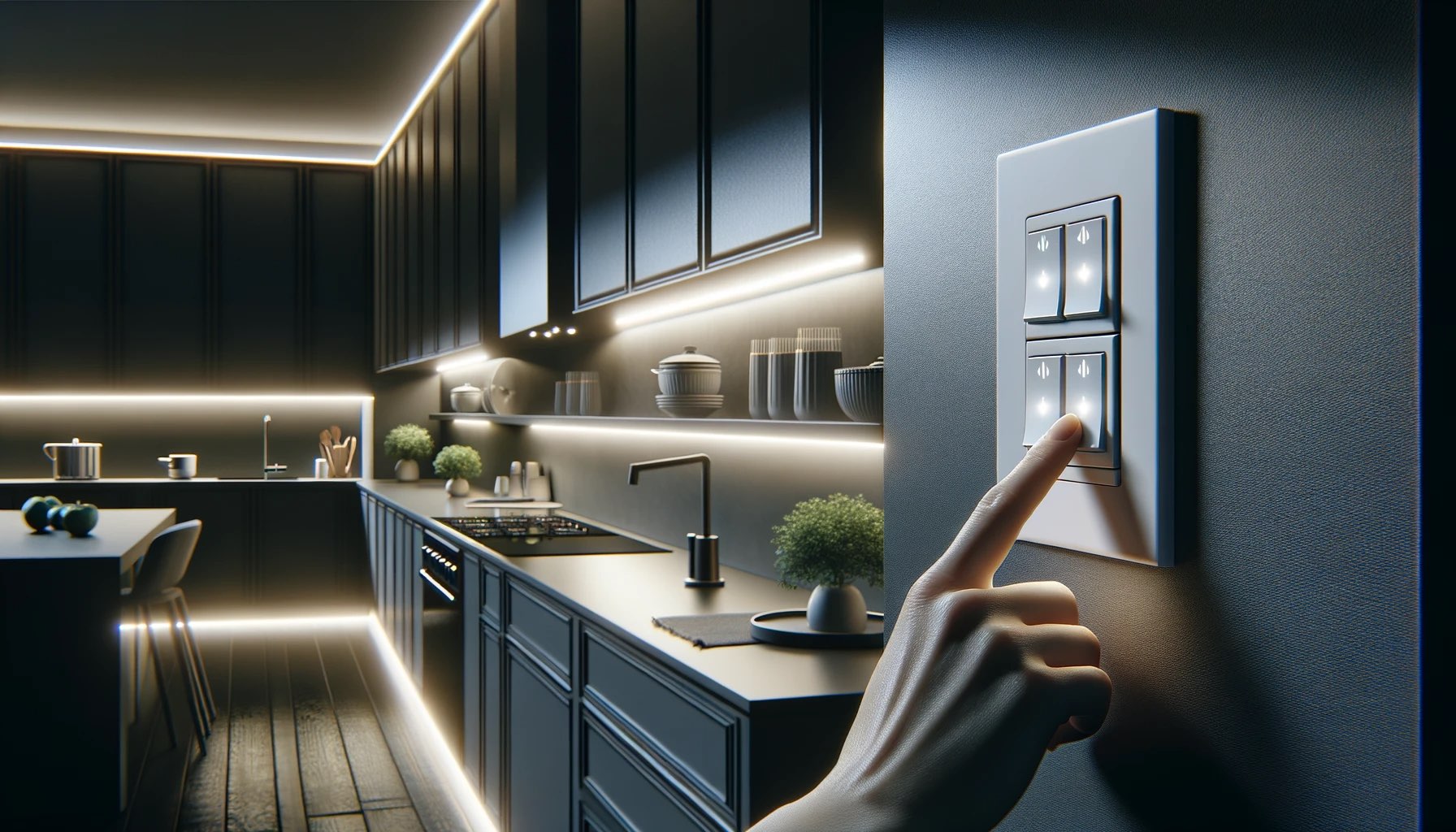
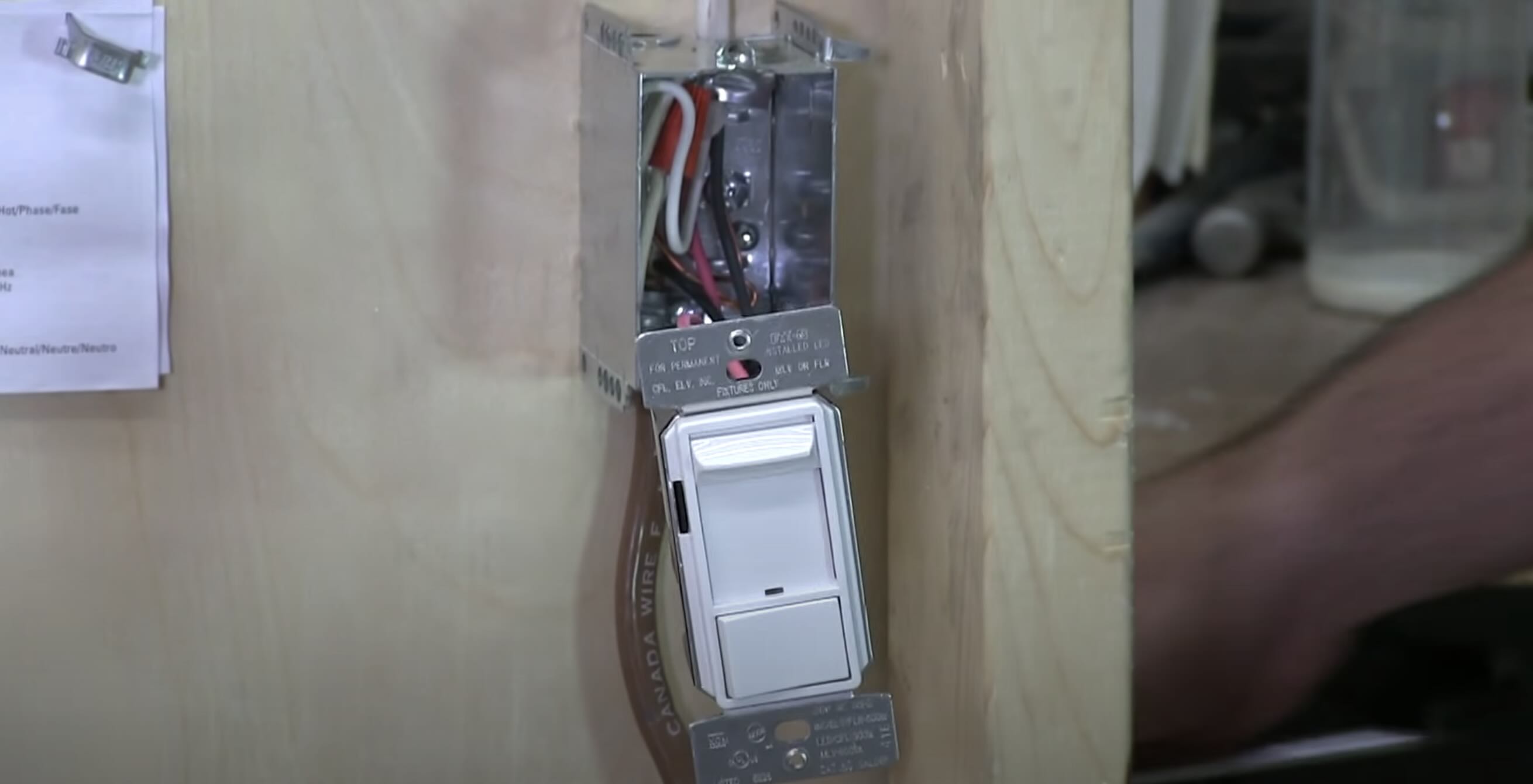
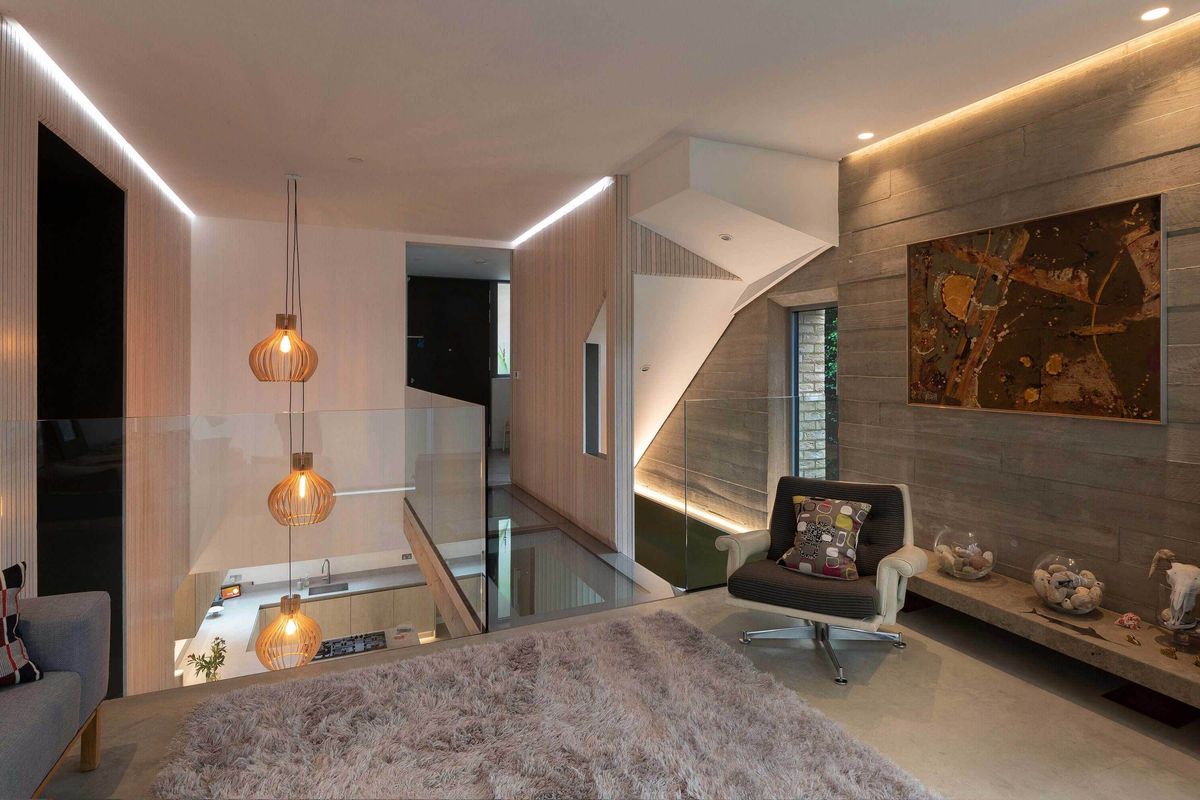
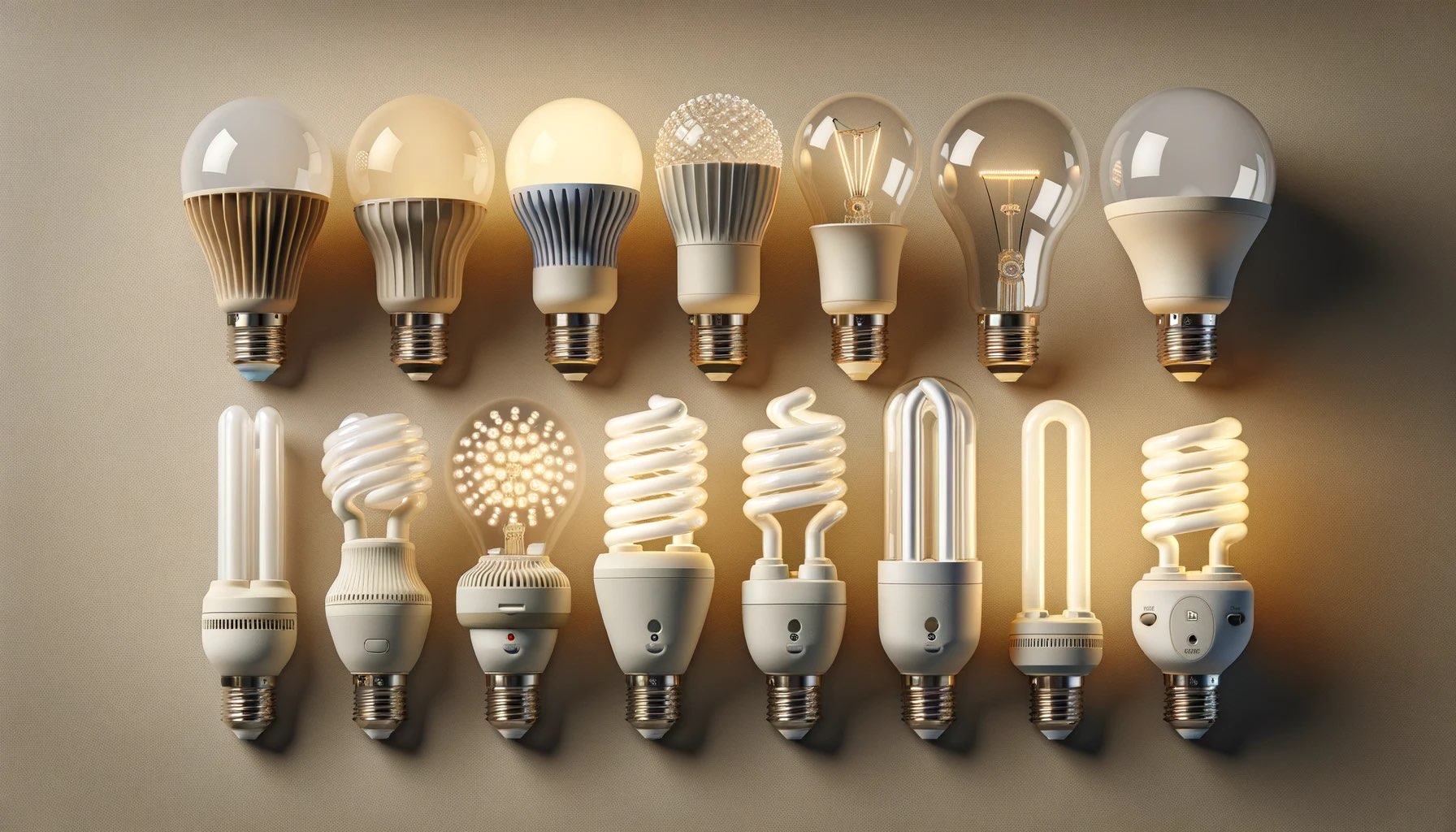
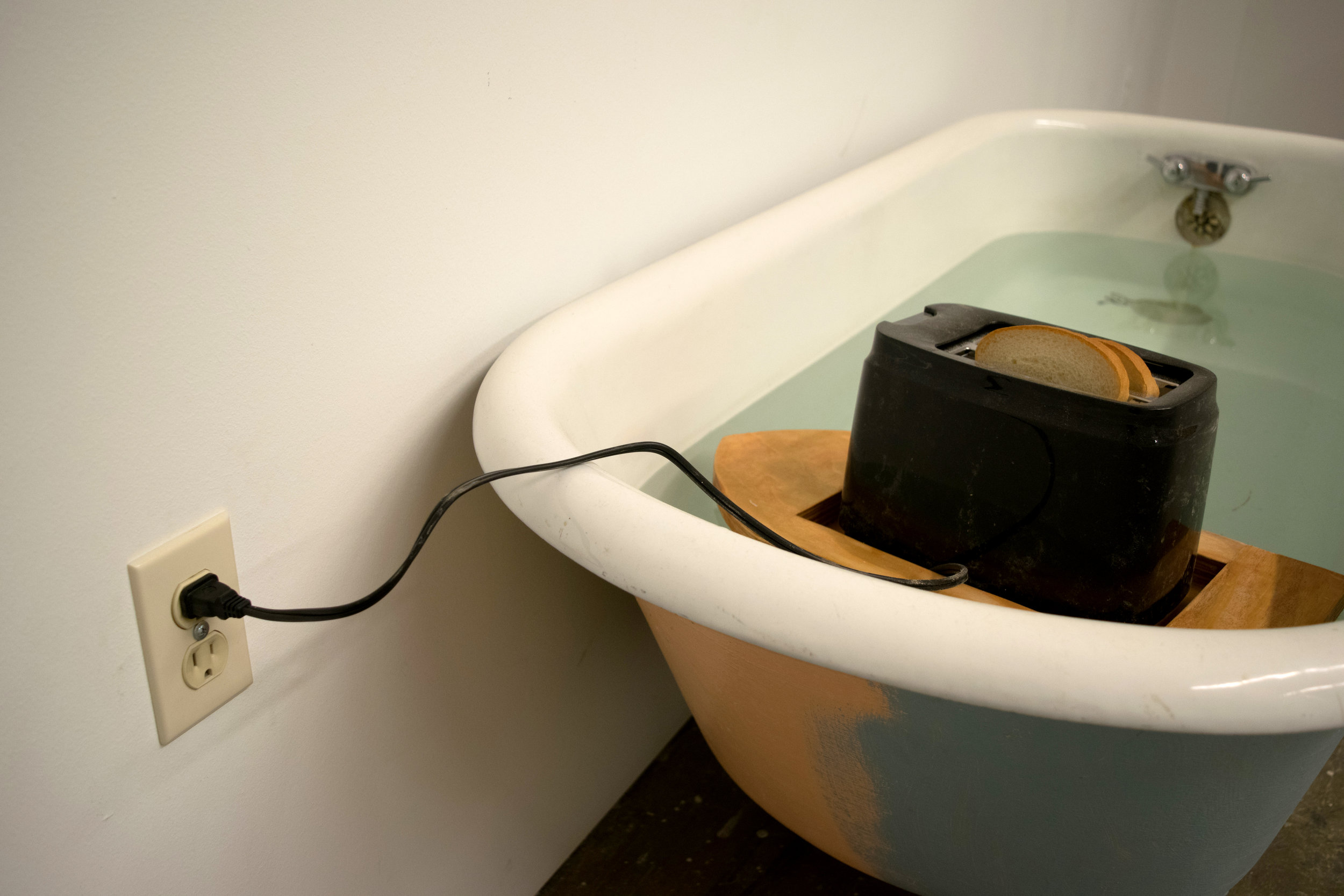
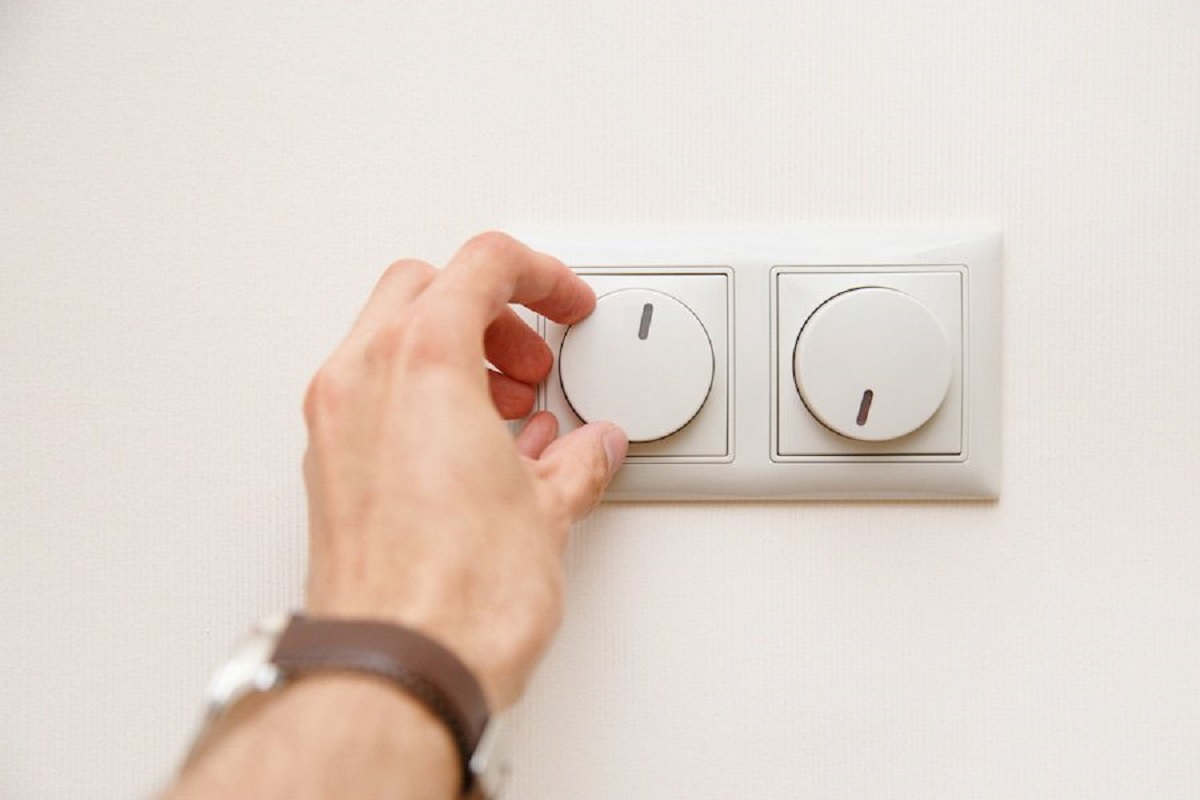

0 thoughts on “What Happens If You Put A Dimmer Switch On A Non-Dimmable Light”